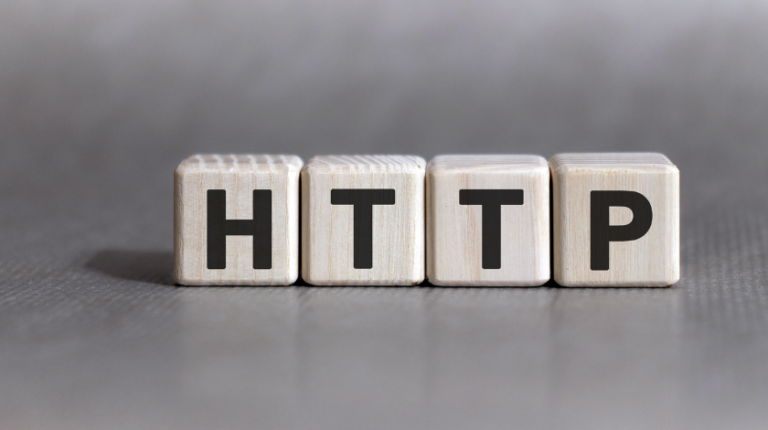HTTP Error 400: What It Means, Why It Happens, and How to Fix It Easily
If you have ever tried to visit a website and suddenly saw a message saying “400 Bad Request“, you are not alone. This is one of the most common errors people see while browsing the internet. It can be confusing and frustrating because the page usually does not load, and the message itself does not explain much. The good news is that HTTP Error 400 is usually not permanent, and it can often be fixed with simple steps. In this article, I will explain what this error means, why it happens, and how both everyday users and website owners can fix it. I will also share some of my own experiences dealing with this issue, so you can understand it from a real person’s point of view, not just from a technical manual.
What is HTTP Error 400 (Bad Request)?
HTTP Error 400, also known as 400 Bad Request, is a client-side error. This means the browser, app, or software making a request to the server sent something that the server could not understand. In simple words, the server received your request but thought it was invalid. That is why instead of showing the web page, it returns an error.
Imagine walking into a coffee shop and ordering something in a language the barista does not understand. They know you want something, but they cannot figure out what, so they tell you your request is “bad.” That is exactly what a 400 Bad Request is in the world of websites.
Why Does HTTP Error 400 Happen?
This error can happen for many different reasons. Sometimes it is something as small as typing the wrong characters in a URL. Other times, it can be a technical issue with a website or an API. Let’s break down the most common causes.
1. Browser Issues
-
Wrong or incomplete URL: If you type a URL incorrectly, you might trigger a 400 error. For example, missing symbols or adding extra characters can confuse the server.
-
Cache and Cookies: Your browser stores data to load websites faster. But sometimes, this stored data gets corrupted. When your browser sends this bad data to the server, you see a 400 error.
2. Server-Side Issues
-
Misconfigured servers: If the server is not set up correctly, it may reject requests even if they are fine.
-
File size limits: Some servers have limits on how much data you can upload. If your request goes beyond that, you may get a 400 error.
3. API Problems
If you are a developer working with APIs, a 400 error usually means your request was malformed. Maybe you forgot to include a required parameter, or maybe the data format was wrong. For example, sending text instead of JSON can trigger this error.
How to Fix HTTP Error 400
The way to fix this error depends on whether you are a regular user, a website owner, or a developer. Let’s go through each group.
Fixes for Regular Users
-
Check the URL: Make sure there are no typos or extra characters.
-
Refresh the page: Sometimes the error is temporary.
-
Clear cache and cookies: This often solves the problem quickly.
-
Try another browser or device: This helps rule out browser issues.
Fixes for Website Owners
-
Check server logs: Logs can help identify if the server is rejecting requests incorrectly.
-
Look for large uploads: If your users are uploading files, check if they are hitting size limits.
-
Update server software: Outdated software can sometimes cause these errors.
Fixes for Developers
-
Validate API requests: Double-check that you are sending the correct data format.
-
Use debugging tools: Tools like Postman can help test requests.
-
Check headers and authentication: Missing headers often trigger 400 errors in APIs.
HTTP Error 400 vs Other Errors
Many people confuse 400 errors with other HTTP errors. Here are the key differences:
-
400 vs 404: 400 means the request was invalid, while 404 means the page does not exist.
-
400 vs 401: 401 means you are not authorized to view the page, often requiring login.
-
400 vs 500: 500 is a server-side error, meaning the server itself is broken, not the request.
How to Prevent HTTP 400 Errors
Prevention is better than cure. Here are some steps to avoid running into these errors:
-
Always double-check URLs before pressing Enter.
-
Clear cache and cookies regularly.
-
As a website owner, set clear limits on uploads and provide error messages that make sense.
-
Developers should always validate inputs before sending them to the server.
Personal Experiences and Real-World Examples
I remember once trying to pay a bill online, but every time I clicked submit, I got a 400 Bad Request. At first, I thought the website was down. Later, I realized the problem was with my saved cookies. Clearing them solved the issue instantly.
As a content creator, I have also faced 400 errors while uploading large files to a client’s site. The upload kept failing until I realized the server had a size limit. I split the file and the problem was gone. These small experiences taught me that many 400 errors are not as serious as they look. They are often just small issues with simple solutions.
Expert Tips and Best Practices
-
For Users: Keep your browser updated and clean old data once in a while.
-
For Website Owners: Make your error messages clear and user-friendly. Instead of just showing “400 Bad Request,” guide the user on what to do.
-
For Developers: Always log and monitor requests. This will help you detect problems before users complain.
Conclusion
HTTP Error 400 may look intimidating, but in reality, it is often one of the easiest errors to fix. Whether you are a user, a website owner, or a developer, the solutions are usually within reach. In most cases, a simple action like clearing cache or checking a URL solves the problem. By understanding what causes it and how to fix it, you can avoid unnecessary frustration and get back online quickly.
FAQs
Q1: Is HTTP Error 400 permanent?
No, it is usually temporary and can be fixed by correcting the request.
Q2: Can a bad internet connection cause 400 errors?
Not directly. A poor connection may cause other issues, but 400 specifically means the request was invalid.
Q3: Do 400 errors affect SEO?
Yes, if many of your site’s pages return 400 errors, it can hurt SEO. Search engines may stop indexing those pages.
Q4: Can mobile apps show 400 errors?
Yes, if the app sends invalid requests to its server, you may see this error even inside an app.
Q5: How do I know if it is my fault or the website’s?
Try opening the page on another device or browser. If it works, the problem is on your end. If not, it may be the website.






